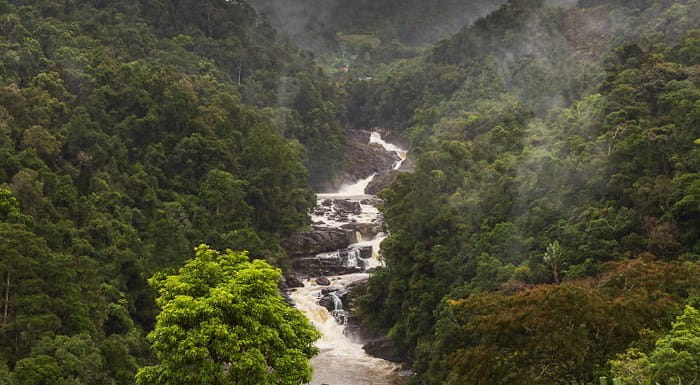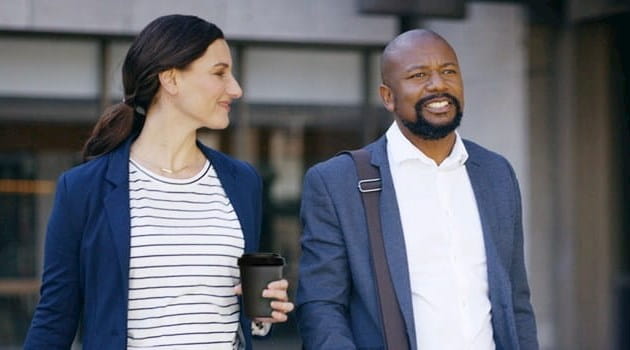All eyes are firmly on Glasgow with an air of hope and scepticism on what the negotiations mean for the future of our planet. At ICAEW, we are looking to COP to up the ambition for climate action and close the gap between ambition and action. We believe that securing the financing will unlock much of this, because ‘who pays for this?’ is the key exam question.
The magic number is getting the OECD nations to commit to UD$100bn to help finance private sector investment. It is unlikely that COP will meet the hype, but the process is making progress. We are optimistic we will get there but pessimistic that the journey will be increasingly bumpy, so thinking about how we adapt is key.
What is COP?
Since 1995, the United Nations has brought world leaders together from almost 200 countries to discuss global climate issues at the Conference of the Parties (COP). This November marks the 26th annual summit with the UK and Italy holding the joint presidency. World leaders will arrive in Glasgow, alongside negotiators, government representatives, businesses and citizens for twelve days of talks to update agreed-upon targets and ensure there is a roadmap for tackling the urgent climate crisis.
COP21 was a turning point with the signing of the Paris Agreement, whereby every country agreed to work together to limit global warming to below 2 degrees, to adapt to the impacts of climate change and make financial capital available to deliver on these aims.
As part of this agreement, countries committed to Nationally Determined Contributions (NDCs) stipulated their emissions reduction targets and agreed that updated plans would be provided every five years to reflect their highest possible ambition at that time.
The goals of COP26
There are four key objectives for the negotiations at COP26.
- The first is to secure global net zero emissions by 2050 to keep within 1.5 degrees of global warming. To mitigate the effects of changing climate, countries will need to accelerate the phase-out of coal whilst investing further in renewables and curtailing deforestation.
- The second goal focuses on adaptation. Climate change is already affecting communities and habitats as we’ve seen this year with the extreme weather events across the world. These devastating floods, wildfires, heatwaves, and droughts are only going to become more frequent and more severe in the years to come. We need to work together to protect and restore ecosystems as well as build more resilient infrastructure and agricultural practices to avoid the loss of livelihoods, homes, and lives.
- How we go about achieving the first two goals is dependent on the third, for developed countries to make good on their promise to mobilise at least $100bn in climate finance per year by 2020.
- Finally, achieving this feat can only be accomplished if we move beyond the mindset that it is someone else’s problem to solve and work together to drive action on climate change. We can’t sit like children around the Christmas tree waiting for parents to hand out presents. We each have a responsibility for solving this problem. The challenge for COP is that it is a meeting of governments and so all the focus is on what governments will do, rather than the role of business, civil society and citizens.
The expectation
Although the goals are ambitious and hopeful, the current situation is far from meeting these aims. Current NDCs are nowhere near to achieving net zero by 2050, with UNEP finding that governments plan to produce more than double the amount of fossil fuels in 2030 than what would be consistent with limiting global warming to 1.5 degrees. The recent IPCC report published in August of this year highlighted the severity of the situation. Their estimates show that emissions will be 16% higher in 2030 than in 2010 and we are on track for a 2.7 degrees increase in global warming by 2100.
This transition won’t be easy and who finances this is yet to be consolidated. As mentioned previously, OECD countries committed to $100bn a year by 2020 but so far have achieved $80bn. This shortfall is concerning, particularly given that decarbonising the world economy by 2050 will cost c.$4tr a year. More money needs to flow to developing countries to decarbonise, providing enough government investment to leverage private financing, whilst increasing aid for adaptation projects.
Emissions targets seem to be at the forefront of discussions, yet we have witnessed the dramatic effects of climate change through supply chain disruptions, businesses and homes on fire or underwater. The focus cannot solely be on mitigation but adaptation to the new climate is crucial for business and civil society to continue to grow and thrive. Investing in resilient infrastructure now will be more cost-effective compared to if we wait until the damage is already done. The longer we take to reduce emissions, the greater and more frequent extreme weather events will become, accompanied by social and economic disruption. We may well also reach tipping points that accelerate these.
It may be too soon to predict the outcome of COP but what we hope to see is some realistic and ambitious action taken to achieve the NDCs so we have a chance of staying with 1.5 degrees. This will only be achieved through serious commitments to decarbonise, particularly in the energy sector. Europe has made emissions pledges but Asia is a crucial piece of the puzzle – without them on board, the battle against climate change will almost certainly be lost. Asia produces and consumes three-quarters of the world’s coal, with roughly half of China’s electricity derived from coal. In 2020 the Asia-Pacific region’s burning of fossil fuels was 49% of the world’s total, double that of 1990 levels. China, Japan, South Korea and Indonesia have committed to NDCs although India is yet to set a net-zero commitment. Current projections suggest that despite the ambitions across Asia, we are on track to miss the Paris goals substantially. Unfortunately, the rhetoric across India and Bangladesh is that climate change is someone else’s problem to solve and is not a big part of political debate.
COP26 is an important summit that could be a turning point for our planet if negotiations are fruitful; however, this is a political conversation after all, and the future of our climate cannot be solely determined by the outcome of this event. The government will only achieve so much; the rest is down to business and civil society to step up to fill the gaps. What makes this year’s COP important is that everyone from scientists to activists, media outlets to business owners are having the conversation about what climate change will mean for them now and in the coming decades. We don’t have the luxury of time anymore. The stakes are too high and the only way we can tackle the climate crisis is through scaling up ambition and matching this with collective action.
COP26: acting together
Find inspiration, information and practical resources to support the goals of the UN Climate Change Conference in Glasgow and explore why it represents a critical time for the profession.



